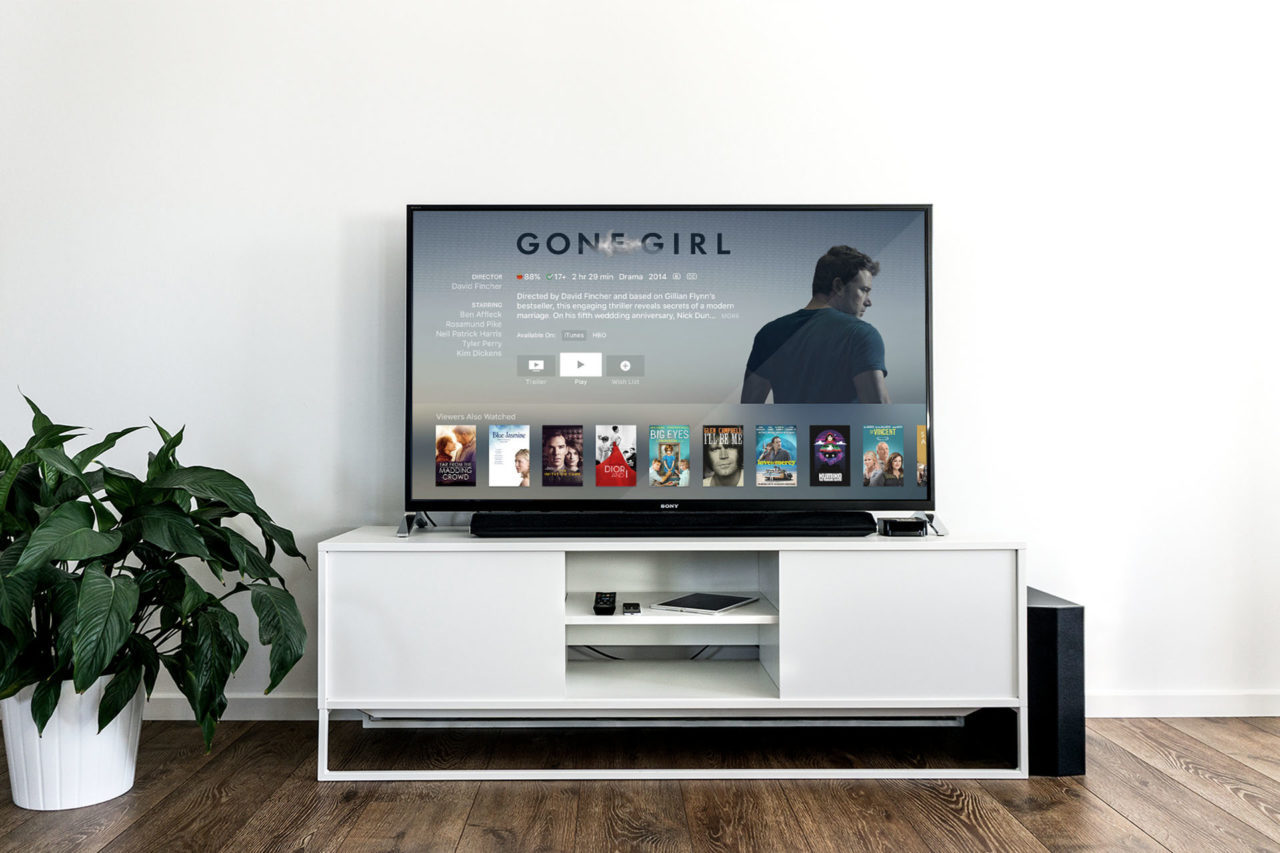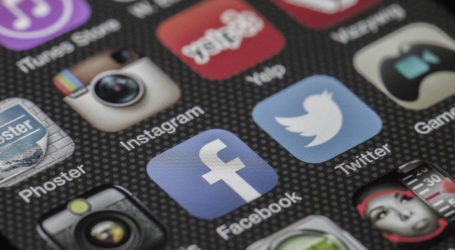Smart TV is the future
Almost in the blink of an eye (or the time it takes to type 140 characters) it seems that we’re very close to reaching a tipping point in the convergence of media and technology with the growing global adoption of smart TV.
Adoption is still relatively low, with only 10% of the UK population owning a smart TV and similarly low numbers can be found across many developed markets such as the USA, Germany and the Nordics. Intention to purchase is also very low but there are some very positive factors that could signal a significant change over the course of 2012.
Television is the last of all mass media to get the online treatment. What’s different about television, however, is that despite the huge growth of online services offering access to video content sites such as YouTube and BBC iPlayer, broadcast television audiences have remained stable (contrasted against plunging newspaper sales) for the simple reason that when it comes to video content, size matters.
While most books are well presented on a Kindle, newspapers on an iPad and music on a smartphone, television and film content is really best enjoyed on a 40″ plasma screen.
There are also significant market trends that could boost smart TV adoption this year. One is the availability of countless smart TV services including YouTube, MSN, Twitter, Skype, and Google, the UK launch of big players like Netflixand YouView, and major sporting events, such as Euro 2012 and the London Olympic Games.
There are four distinct trends that now appear to be combining to form an increase in smart TV adoption. The first is device fatigue. Consumers don’t want devices that do the same things – neither do they really want numerous plug in boxes and endless cable trails, especially if they can have one device that does everything required more smartly. Smart TV could cover the work of the landline, TV, DVD player, home entertainment system, game station and even a home climate control system, all from one device.
The second is the continued move from the old broadcast model to on demand. As more and more on demand services become available, the broadcast model will start to look even more outmoded (39% of the UK population now watch the BBC iPlayer at least once a week). Smart channel owners must start to get wise to the fact that consumers want to watch what they want, when they want, wherever they want.
The third is the ability to use social networking services in conjunction with television services – this so called “social TV” could be the killer app for smart TV. This next evolution of our TV sets enables viewers to share and comment on media content using Facebook and Twitter, or even set up “virtual living rooms” where programmes are watched at the same time between friends but at different locations with social networks enabling a shared viewing experience.
Finally, smart TV could be a leapfrogging technology. As we witnessed with emerging markets (particularly in Africa) many consumers went straight to the mobile internet via smartphones without waiting to buy a PC or laptop and a good broadband connection.
As smart TV becomes a reality at an affordable price, could consumers in emerging markets skip PCs and laptops and go straight for a smart TVs? Already the first smart TV designed and made in China has hit the market and others will invariably follow suit. Intuitively, the data from a recent multi-country study shows intention to purchase much higher from markets with lower internet penetration and device ownership levels.
While no one will dispute that mobile and tablets very much still have their place – specifically while on the move or in those places where you wouldn’t necessarily think to install a 40″ plasma screen (25% of tablet users use their tablet in the bedroom) – smart TV could really be the next game changer for media content providers.
The proposition, however, still needs to be made clear to consumers. With continuing low levels of adoption (recent research points to a minimal rise in smart TV ownership following the Christmas and January sales period) the challenge to the industry is to make the uniqueness and completeness of the Smart TV proposition clear to the general public. After all, who wouldn’t want free video phone calls via Skype in their living room or access to all the films (or songs) ever made at the touch of a button?
The future of media and technology may lie then in the convergence of what we love the most: television, film, music and social networking, even shopping, all from the comfort of our own living room.
Smart TV could soon become the one device to rule them all.










